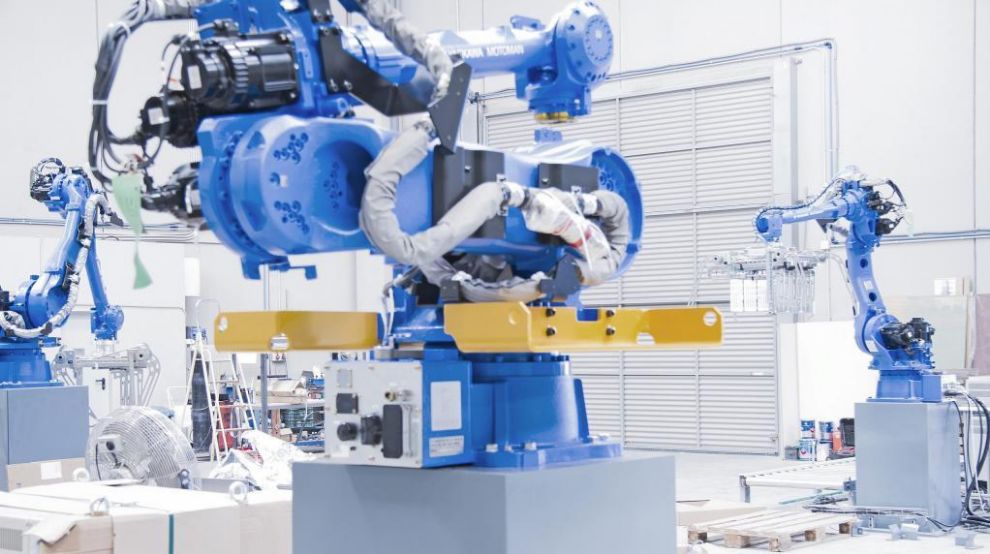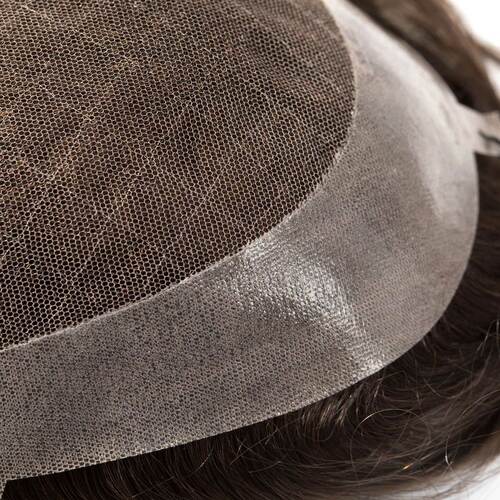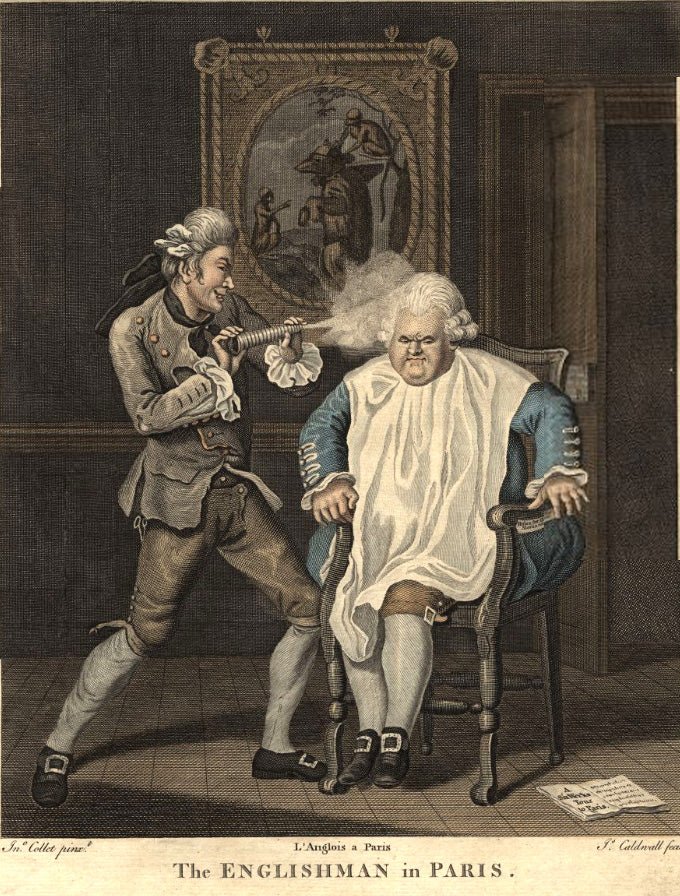The Role of Technology in Hair Prosthesis Manufacturing
Technology has transformed countless aspects of our lives, and the hair prosthesis industry is no exception. As innovation continues to advance, hair prostheses have undergone a revolution in the way they are designed, manufactured, and customized. In this article, we will explore the crucial role that technology plays in the manufacturing of hair prostheses and how it is redefining the experience for those who use them.
3D Printing: Creating Customized Hair Prostheses 3D printing has emerged as a revolutionary tool in the manufacturing of hair prostheses. This approach allows for the creation of highly customized prostheses that fit the unique measurements and contours of each individual. Key benefits include:
Precise Customization: 3D printing enables the creation of hair prosthesis designs that fit perfectly to the shape of the user's head and facial features.
Natural Aesthetics: Thanks to the precision of 3D printing in molds, hair prostheses achieve a more natural appearance and seamlessly integrate with real hair.
Weight Reduction: State-of-the-art prostheses are lighter and more comfortable to wear, enhancing the overall user experience.
Hair Injection Technology: A More Realistic Look Hair injection technology has advanced significantly, contributing to a more authentic and realistic appearance of hair prostheses. This technique involves the careful insertion of human hair into the base of the prosthesis, replicating the natural direction of hair growth. Although this technique still needs significant improvement since the lifespan of injected hair prostheses is very short, we do not recommend its use except for very specific exceptions. Key advantages include:
Enhanced Naturalness: Hair injection creates a smooth and natural transition between real hair and the prosthesis, avoiding the appearance of knotted hair.
Texture and Movement: The injection technique allows for greater realism in terms of hair texture and movement, contributing to an authentic appearance in all situations.
Advanced Adhesives and Attachment Systems: Greater Comfort and Security Technology has also transformed how hair prostheses are attached to the scalp. High-quality adhesives made with novel ingredients provide more comfortable and secure options for users. Key aspects to consider include:
Secure Attachment: Improved adhesives ensure that the prosthesis stays in place during everyday activities and sports.
Less Irritation: New adhesives are designed to minimize scalp irritation and reduce the chances of allergic reactions.
Greater Comfort: New adhesives offer a firm hold without the need for liquid adhesives, which can be more comfortable for some users.
Conclusions: Innovation and Hope in the Hair Prosthesis Industry Technology has revitalized the hair prosthesis industry, making it a more effective, comfortable, and personalized solution for those facing hair loss. From digital designs that allow for the creation of individually tailored prostheses to hair grafting techniques that ensure an authentic look, technology is reshaping how we view and use hair prostheses. As innovation continues, the future of this industry promises greater comfort, realism, and confidence for those looking to restore their appearance and self-esteem.



Leave a comment
This site is protected by hCaptcha and the hCaptcha Privacy Policy and Terms of Service apply.